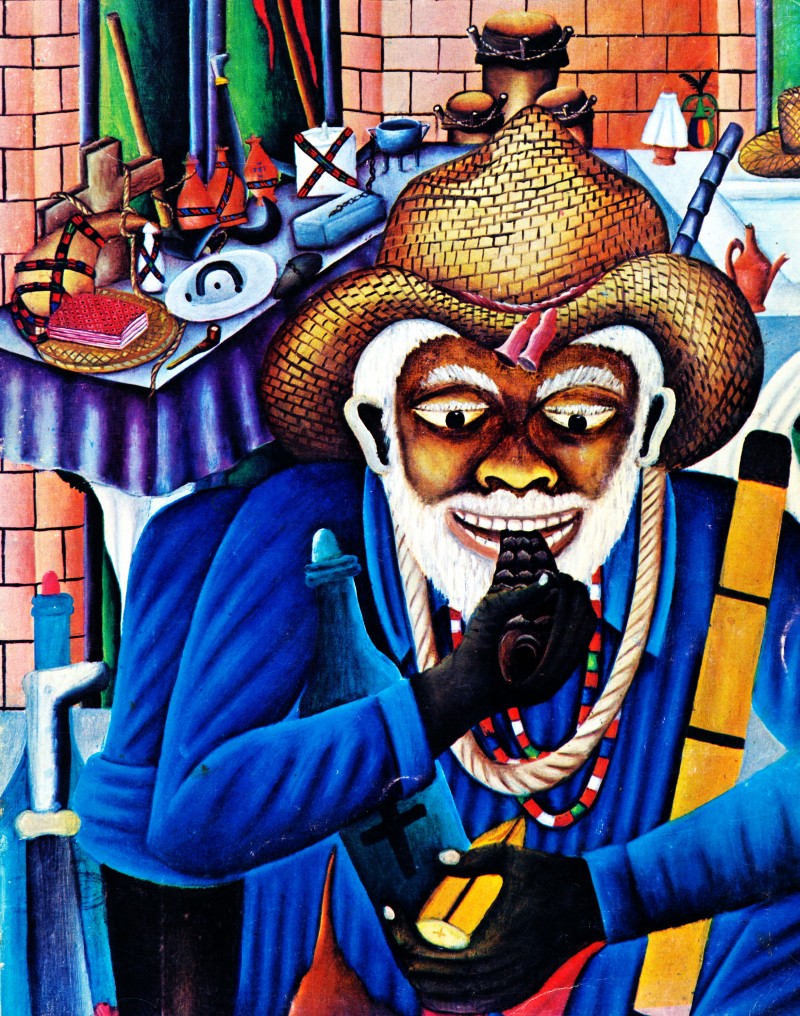
In 1978 the Brooklyn Museum mounted the first major exhibit of Haitian art in the U.S. — which later traveled to several other cities. Referred to as “primitive” or “naive” this school of painting and sculpture was reaching its zenith by the late 70’s and 80’s as many of the pioneers of the tradition were reaching maturity and copy-cat productions were flooding the tourist market. The Brooklyn Museum show included all the master Haitian painters – Hector Hippolite, Wilson Bigaud, Rigaud Benoit, Philome Obin, Salnave Philipe Auguste, Jasmin Joseph, Andre Pierre, Gerard Valcin, Jacques Enguerrand Gourgue and many more.
It also included the unique iron sculpture of the inventors of that genre – George Liautaud and one of his disciples, Serge Jolimeau, among others. Also incorporated into the exhibit were newer arts — paper mache sculptures, sequined flags, painted gourds — art derived from carnivals and voodou temples like the intricate drawings made with cornmeal on temple floors during ceremonies.
Ute Stebich, the curator of this major exhibit, convinced the Brooklyn Museum to send a videographer to travel around Haiti, shoot interviews with the artists and capture something of the world that inspired their work.
That was my introduction to Haiti and the resulting mini documentaries I produced were shown on monitors throughout the galleries — a controversial sensation at that time, because it had never been done before.
An introductory documentary about Haitian Art (20 min) was screened on a large monitor in the entrance to the exhibit. Here the audience learned about the significant role that the Centre d’Art played in Haiti, beginning in the 40’s when Dewitt Peters and Pierre Monosiet began identifying and nurturing artistic talent around the country. They encouraged local artists to come for workshops and go out into the field to sketch and paint together. Many of the masters of the “naive” art scene featured at the Brooklyn Museum traced their development to the Centre d’Art.
Peters and Monosiet scoured the Haitian countryside for fresh talent. One extraordinary visionary they discovered was Hector Hippolite, a houngan or voodou priest living in a small town, who was painting his strong and evocative spiritual visions on the doors of a bar near St. Marc.
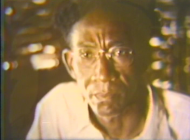
Andre Breton, visiting Haiti in the late 40’s bought a number of Hippolite’s paintings, exhibiting them and writing about them thereby propelling this “mysterious” and powerful artist to a world stage.
Another discovery was George Liautaud who had been creating the powerful iron crosses marking tombs in the cemetery. They encouraged Liautaud to expand his subject matter and consequently his art. His haunting abstract and sometimes three dimensional creations drawn from the agricultural and spiritual universe around him are now coveted collector’s pieces. They are hammered out of recycled oil drums and have launched a whole movement of iron sculpture in Haiti.

The documentary reveals how these artists draw on their natural, social and spiritual environment. From the customs of the combit — working collectives — in the fields to the powerful stories and spirits of voodou their art is exploding with narrative, symbolism and deep meaning. Rich colors, bold patterns, subtle techniques.
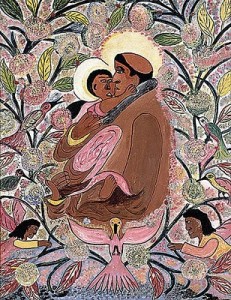
Their art-making takes place in a landscape rich with imagery — geometric shapes adorning houses, decorated buses or tap-taps, paintings on voodou temple walls, drums, religious gourds, along with sequined flags on altars.
At a video juke box in the Brooklyn Museum galleries, audiences could push a button next to an artists name and view a 5 minute mini-doc about that artist.
- These were simple pieces involving a short interview with the artist and footage of their workspace and environment. We hear about their dreams, fantasies, and concerns as artists confronting a complex, mysterious and deep culture and profound history.
These mini-docs featured: George Liautaud, Serge Jolimeau, both sculptors based in Crois-des-Bouquet; Painters Andrew Pierre, a voodou priest, Rigaud Benoit, Jasmin Joseph (also a sculptor who carved the doors of the Triniy Church in Port-au-Prince), Salnave Philipe Auguste, Prefete Duffaut, George Valcin, Celestin Faustin, Max Gerbier, and Philome Obin, famous for his portrayal of Haiti’s iconic historical moments and themes.
Two painters had worked and studied abroad – Jacques-Engeurrand Gourgue and Bernard Sejourne.
This short documentary along with the “Ra-Ra” doc and the mini-doc features of individual artists also on this site, were encouraged by Ute Stebich, the curator of the Brooklyn Museum show on Haitian Art and David Katzive, the director of the Education Department at the Museum. Anthropology scholar and folklorist, Robert Baron, provided research assistance and Tom Zafian provided audio and technical assistance.
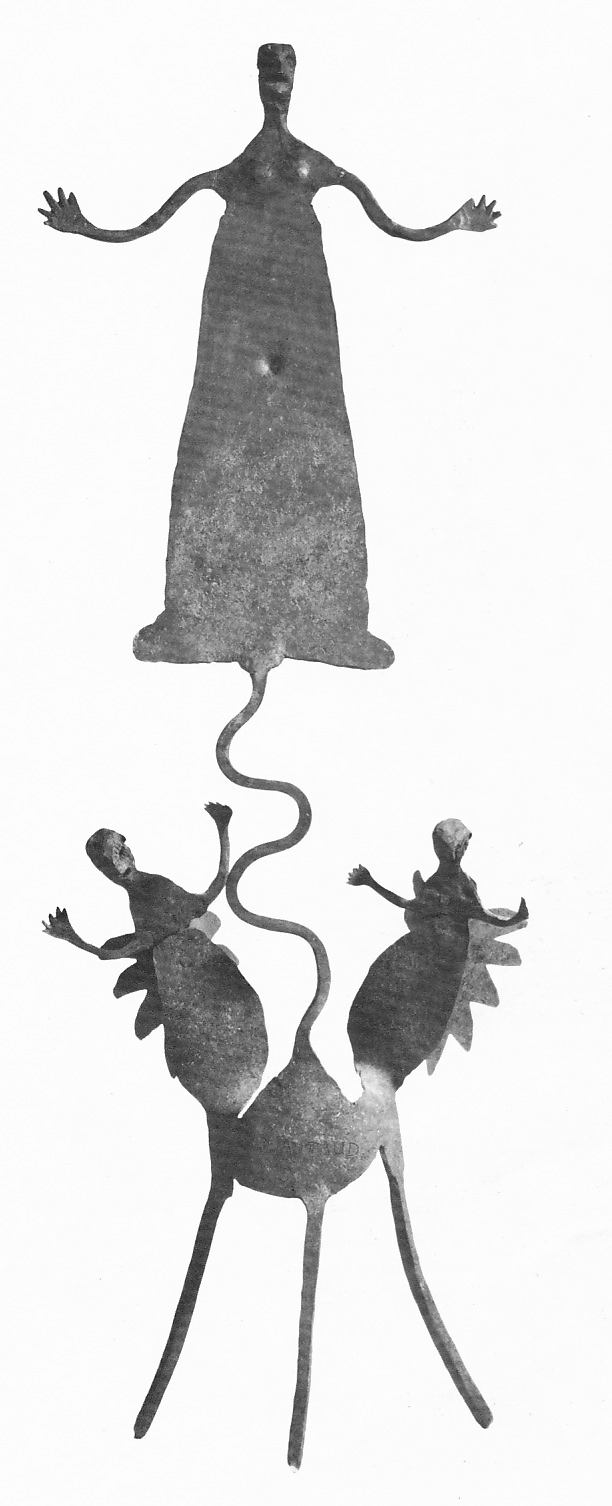

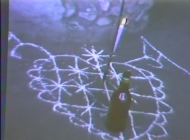
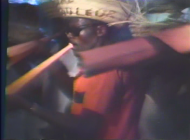
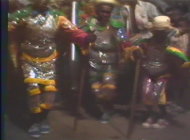
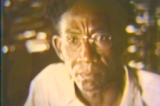
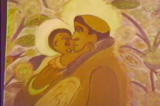

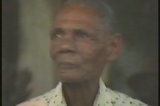
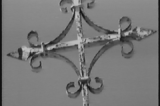
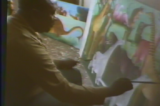
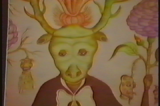
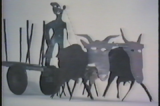
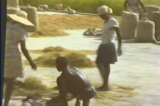
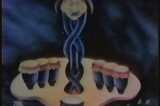

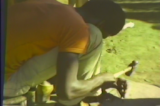
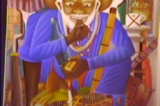
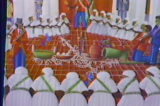
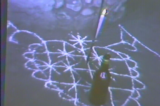

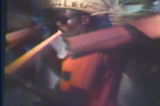
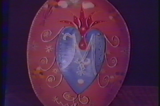
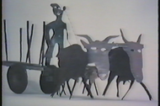
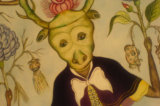
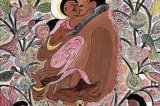
[…] Haitian Art […]
Thank you, Tate Liverpool, for choosing the Haiti Art video from my site for Video of the Week on your Black Atlantic Resource Debate blog!
Thanks Gail for helping us relive this important event at the Brooklyn Museum
Thank you for taking the time to show case such intrigue documentary about the artistic skill of the people in Haiti.. I find this video very much appealing to my quest for more information about the culture and arts of Haiti..
Thank you Gail for taking the time to spread and inform others about our beautiful and inspiring culture and arts. Very much appreciated and keep up the good work!
Thank YOU, Myriam, for visiting my archival website and taking time to comment. Although the Haitian art & culture videos were made decades ago they attract a daily audience to the site. I only wish that more of the videos had survived the ravages of time. Like the ones on Andre Pierre and Philome Obin.
Thank you, Gail, for your beautiful gifts capturing the life and spirit and beauty of Haiti and the talents of its artists. This history is a moving tribute to the people of Haiti who throughout its history set an indelibly positive imprint on the world. Their courage and faith through so many struggles is an inspiration!
Thanks so much for your kind words and yes! to all the talents and faith of Haitians throughout history.